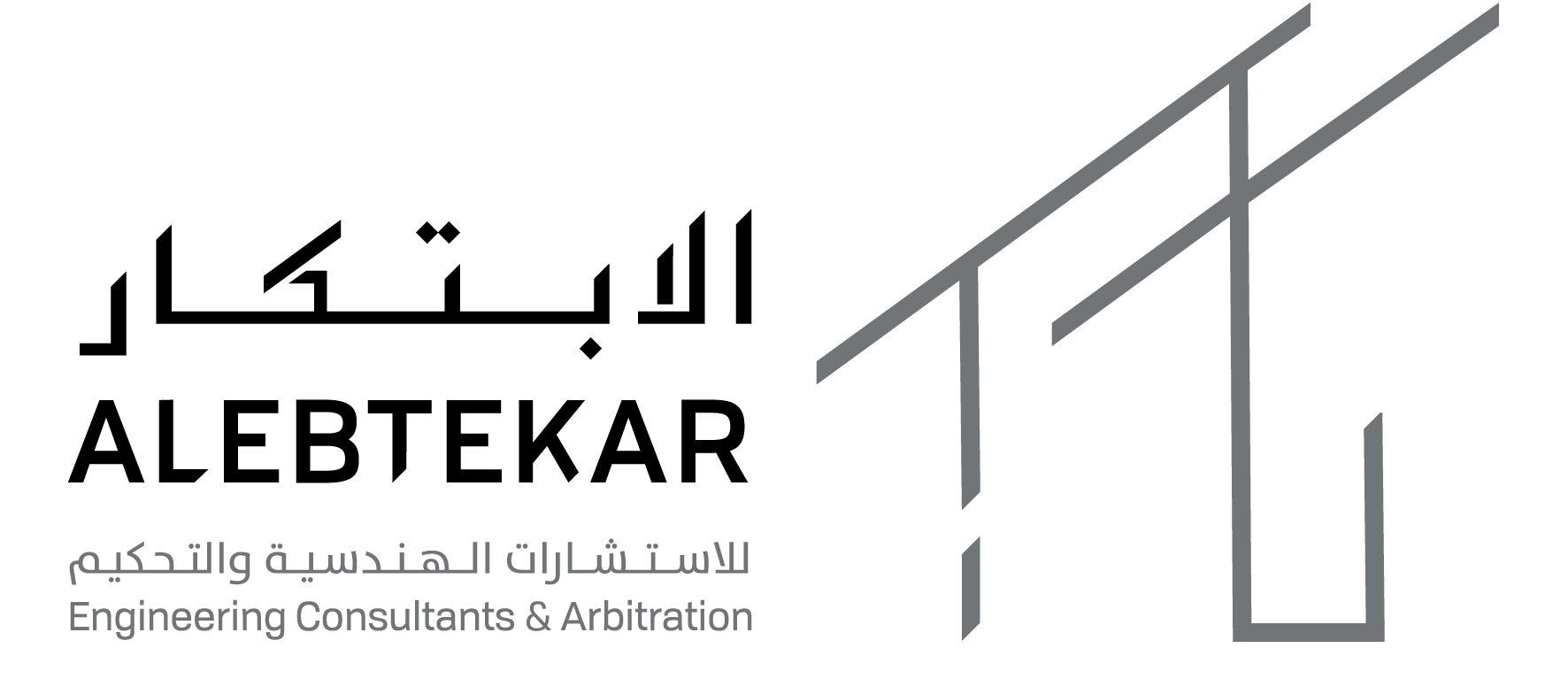The Difference Between Land Surveying and Topographic Surveying: When to Use Each Service
Surveying services are the backbone of construction, urban planning, and property development. Whether you are building a residential home, planning a commercial tower, or developing an infrastructure project, surveying services provide the accurate measurements and data needed for success. Among the many types of surveying, two stand out as fundamental: land surveying and topographic surveying. While both fall under the umbrella of surveying services, their goals, methods, and outcomes differ. Understanding these differences is critical for engineers, architects, developers, and property owners in Saudi Arabia and beyond.
Introduction to Surveying Services
Surveying services involve the science and art of measuring land. They establish precise data about the earth’s surface, boundaries, elevations, and features. This information is vital for legal documentation, engineering design, construction planning, and dispute resolution. Professional surveyors use a mix of traditional instruments and advanced technology such as GPS, total stations, drones, and LiDAR.
What is Land Surveying?
Land surveying is primarily focused on defining boundaries. It ensures that property limits are documented and legally recognized. Land surveys are mandatory for property sales, construction permits, and resolving disputes between neighbors or developers. In Saudi Arabia, the need for accurate land surveying has grown as cities expand and land ownership laws evolve.
Core Objectives of Land Surveying
- Establishing and documenting legal property boundaries.
- Preventing disputes between adjacent property owners.
- Supporting construction planning and site design.
- Recording easements, rights of way, and access routes.
Types of Land Surveys
- Boundary Surveys: Identify and mark property lines using historic deeds, maps, and markers.
- Subdivision Surveys: Divide larger tracts into smaller parcels for residential or commercial development.
- Construction Layout Surveys: Ensure that buildings and infrastructure are built in the exact approved locations.
- ALTA/ACSM Surveys (international): Comprehensive surveys for real estate transactions.
What is Topographic Surveying?
Topographic surveying is focused on measuring and mapping the surface features of the land. Unlike land surveying, which emphasizes legal ownership, topographic surveying is used in planning, engineering, and design. It provides data about elevations, slopes, vegetation, drainage, and man-made structures on a site.
Applications of Topographic Surveys
- Designing roads, bridges, and drainage systems.
- Planning earthworks, landscaping, and urban infrastructure.
- Assessing terrain for construction challenges.
- Creating 3D models of land for design visualization.
Methods of Topographic Surveying
- Total Stations for accurate angle and distance measurement.
- GPS/GNSS surveying for large-scale geospatial data.
- Drones with LiDAR for fast elevation models.
- 3D Laser Scanning for BIM-ready terrain models.
Comparing Land vs. Topographic Surveying
Though both are surveying services, their applications and data outputs differ:
- Land Surveying: Defines legal property boundaries, collects coordinates, angles, and supports legal and construction uses.
- Topographic Surveying: Maps elevations, slopes, and features for engineering, design, and infrastructure projects.
When Do You Need Each Service?
- Land Surveying: Required when buying/selling property, resolving disputes, applying for permits, or subdividing land.
- Topographic Surveying: Required for design, infrastructure planning, drainage, landscaping, and terrain analysis.
- Combined: Many projects need both to ensure legal compliance and engineering accuracy.
“Land surveying defines ownership, while topographic surveying maps terrain. Together, they create the foundation for safe, efficient, and legally sound projects.”
Case Studies
- Riyadh Residential Development: Land survey established plot boundaries, while topographic survey guided drainage design.
- Jeddah Infrastructure: Engineers used topographic data for stormwater management and land survey for rights-of-way.
Challenges and Modern Innovations
Surveying faces challenges like rough terrain, outdated records, and human error. Innovations such as drones, LiDAR, GIS, and AI-powered analysis are transforming the industry in Saudi Arabia.
Conclusion
The difference between land surveying and topographic surveying lies in their focus: one defines ownership, the other maps terrain. Together, they form the backbone of successful construction, urban development, and infrastructure projects. In Saudi Arabia’s Vision 2030 era, reliable surveying services ensure compliance, safety, and efficiency.
Contact Al Ebtekar Engineering Consultancy Now
📧 Email: INFO@ALEBTEKAR.COM.SA
📱 Mobile: 0540007320
☎️ Landline: 920004058


